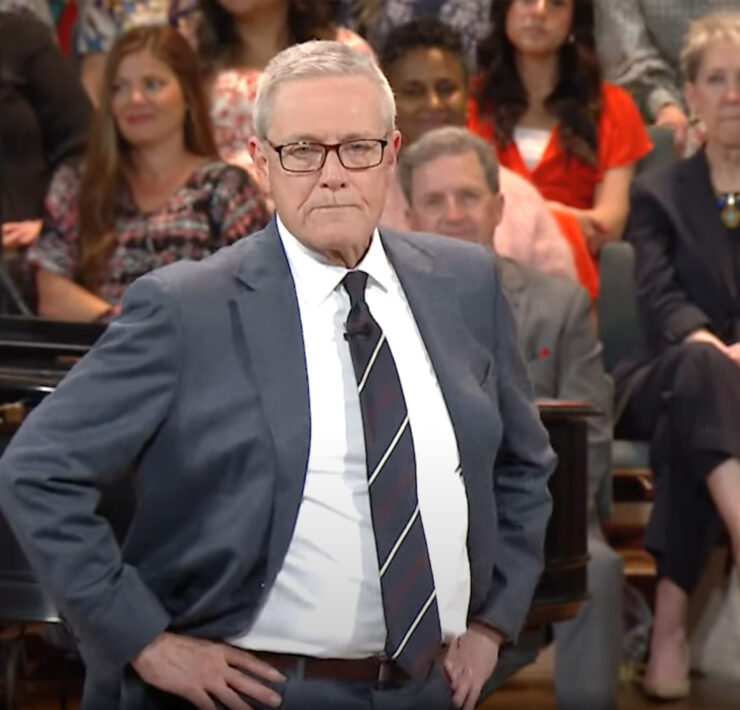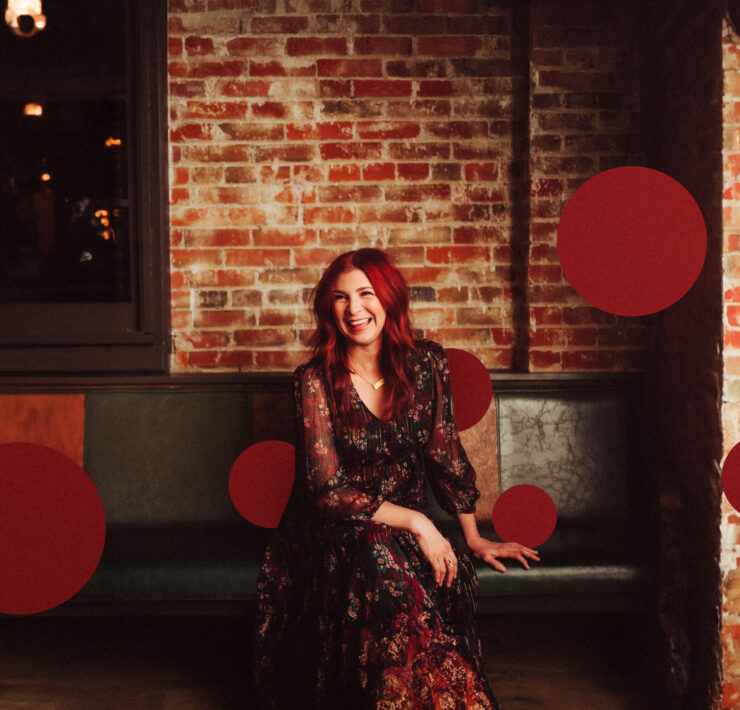A few months ago, four friends and I packed into a small SUV, bungee-strapped tenting equipment to the top, and set off on an exploration of a region particularly foreign to us: the South. Nine days, 3000 miles, and ten red states later, I had a lot to reflect upon.
When I think about the South that I saw on the trip, I think of a lot of things. One thing that comes to mind is music. Being particularly music-obsessed, my group of friends formulated strict guidelines to regulate the music played inside the car during our ceaseless travels. Each person could bring ten CDs of their choice; the driver always picked the music, etc. These painstakingly crafted bylaws of car music etiquette paid off, for there were relatively few spats regarding that most sacred of road-trip rites—musical ambience.
Thus, when I think of the places we saw in the South, I recall them in terms of the music we were listening to at the time. In the barren brown fields of southern Indiana, the sullen twang of Over the Rhine prompted our senses. In the hills and mountains around the Smoky Mountains, the Appalachian dust-folk of Ray Lamontagne framed the picturesque vistas. In the Ohio valley of Northern Kentucky, it was Loretta Lynn. In Northwest Georgia, R.E.M. reminded us where we were. On the road to Memphis, the haunting melodies of Jeff Buckley gave that city an added measure of grace and mystique.
All along the road, we played music that seemed appropriate to the places we passed through. Listening to the retro-gospel of the Cold Mountain soundtrack on the way to a Civil War battlefield was essential. Singing along to Iron and Wine along the low-country road between Charleston and Savannah made the gothic marshes all the more tangible. The South of these songs proved to be more or less the South that we saw. Our prior image framed how we saw the reality then, and the reality was never too far from the music.
Our southern sojourn was not all symphonic, however. We saw the South in terms of other things too: cinema, for example. Everywhere we went we thought about movies that took place in settings now before our eyes. At Fort Sumter I thought in terms of Glory—a film which none of the others had seen. I wonder how different the Sumter experience was for them? In Charleston, we saw a lot of places that were highlighted in The Patriot. In Savannah, we made a point of finding the Forrest Gump bench. Cold Mountain, Gone With the Wind, All the Real Girls, etc… The romance and mystery of the South came alive through thinking on these films.
Music and movies were always in mind, but one cannot go to the South without thinking of the region’s literature as well. In Savannah, Midnight in the Garden of Good and Evil was our tour guide. In Alabama, how else were we to feel the intense history of racial unrest than to think of To Kill a Mockingbird? In the mossy forests of Georgian campsites, what else to do but scare ourselves with the gothic eeriness of Flannery O’Connor? And what about John Grisham? He was everywhere along the way.
So what? Is it really worth mentioning that we associate memory and perception with music, movies, books, and other art? Is it something particularly new? I think a big question here is this: can we, in today’s world of media saturation and entertainment proliferation, ever see reality in its true, natural state? What is the South, really? Is it completely different than how my media-filled brain has painted it? Even having experienced it first hand, is my perception forever tainted by my prior image of it? I think the answer is yes to both questions, which leads to an even larger, more challenging question: Is the mediation of experience through art a good or bad thing?
The answer to this question has been debated for centuries, and intelligent thinkers have come to different conclusions. French playwright Antonin Artaud, and many postmodern thinkers, for example, would say that reality is experiential. The experience of art and culture is a feeble attempt at capturing something that only the experience of life can truly see. On the other side, artists like Emily Dickinson champion the idea that art can transcend time and place as a means by which reality can be experienced. She and many others believe in the power of art as a focused reflection of inner realities and truths that we might miss otherwise.
All of this to say that art and the mediation of experience are important things to ponder in today’s society, where both increasingly govern the way we live. Like it or not, we live mediated lives. Thus, we must think critically about things. What are movies, television, songs, books, etc. telling us about life? Is a mediated version of reality any worse than the real thing?
These questions are important in a culture that is changing. As Christians we must acknowledge these movements in “progressive” culture, and take on the challenge of encountering them head on. What is a Christian perspective on art, media, and culture? I don’t know, but that’s what we are trying to figure out.




















